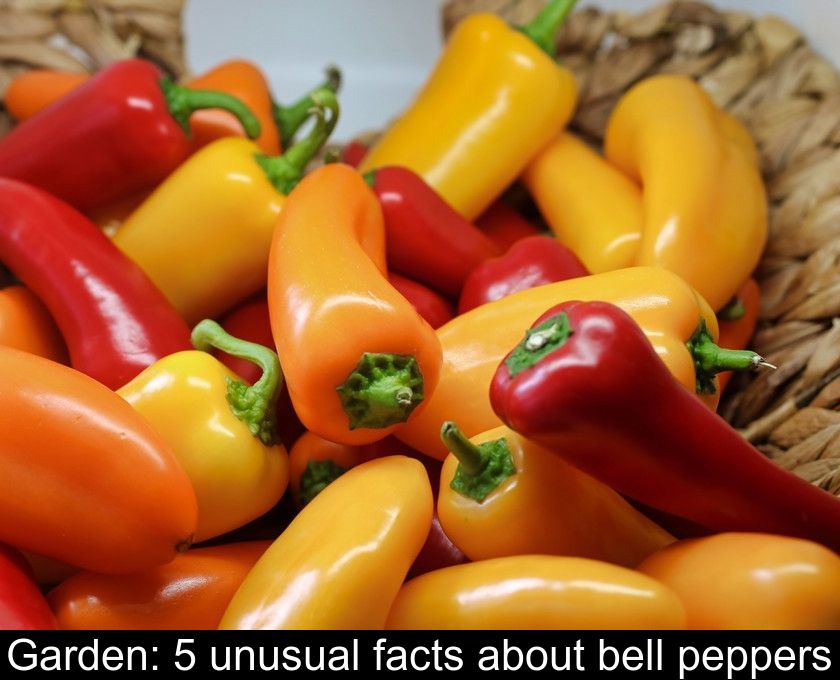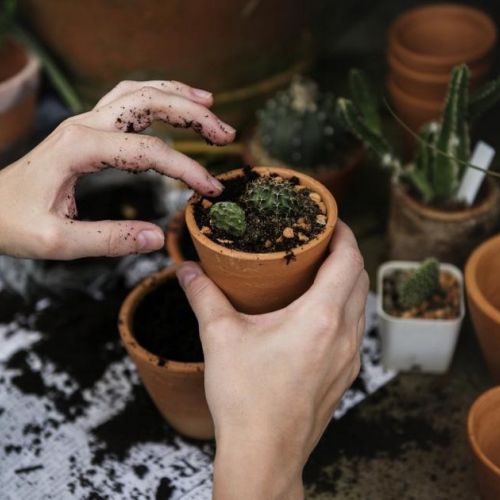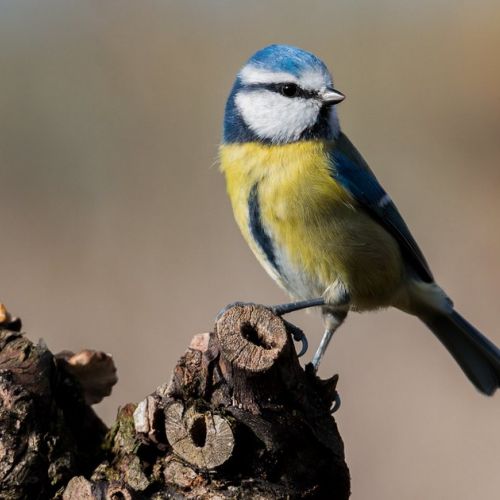Garden: 5 Unusual Facts About Bell Peppers
Originally from Central America, the bell pepper was introduced to Europe in the 16th century, but its cultivation only developed in the 18th century. Here are 5 unusual facts about bell peppers that you may not know.
1- The bell pepper is a fruit.
Just like tomatoes and avocados, bell pepper is usually sold in the vegetable section, but it is actually a fruit.
It is mostly used in savory dishes such as ratatouille and Basque piperade, although it can have a sweet taste, especially when it is red.
This plant belongs to the large family of Solanaceae, which includes both edible and non-edible plants such as:
• tomato
• eggplant
• potato
• chili pepper
And among the non-edible plants:
• tobacco
• datura
• petunias
2- It comes from the same plant as chili pepper.
It is often overlooked, but bell peppers and chili peppers come from the same plant, the species Capsicum annuum. In other words, all varieties of bell peppers and chili peppers belong to the same botanical species.
If their taste is different, it is only due to a varying level of capsaicin (the chemical compound that gives chili peppers their spiciness).
Capsaicin, which is found in the seeds of the fruit, is much higher in chili peppers than in bell peppers. That's why bell peppers are also called sweet peppers.
Dried and ground red bell peppers are used to make paprika (an essential spice for preparing Hungarian goulash).
3- There are three main varieties of it.
Among the bell peppers that have a mild taste, three main varieties can be distinguished:
• the square short one, which has thick flesh and a sweet and fragrant flavor
• the half-long one, which has the same shape as a chili pepper but is distinguished by its mild flavor
• the three-quarters long one, which is mild, long, and almost flat...
As you may have understood, the different varieties of bell peppers mainly differ in their shape and length... but not in their color!
4- Its color is not related to the variety, but to the ripeness.
If you have always thought that green, yellow, orange, and red peppers belong to different varieties, you are completely wrong! The color of a pepper does not depend on its variety, but on its degree of ripeness.
As we mentioned earlier, a pepper is a fruit and its color changes over time:
• it is green when picked before ripening
• it turns yellow if left on the plant a little longer
• it takes on an orange hue a few days later
• it becomes bright red if allowed to fully ripen before picking.
In summary, the color depends on the moment the fruit was harvested and indicates whether it is more or less ripe and sweet.
Regardless of its color, choose a pepper that is firm, with smooth and shiny skin, free from bruises and blemishes. You can then store it for a week in the vegetable drawer of your refrigerator.
5- It is one of the foods richest in vitamin C.
The bell pepper is a food with multiple nutritional benefits. With only 20 calories per 100g, it is low in calories as it is mainly composed of water.
It is also one of the fruits richest in vitamin C. When it is red, it provides good amounts of vitamin A and contains carotenoid and flavonoid antioxidants.
It also contains minerals and trace elements such as iron, copper, calcium, and potassium, and provides beneficial dietary fibers for intestinal transit.
Its main drawback lies in its skin, which can be indigestible. If you have difficulty digesting this food, the solution is to peel it using a peeler or after grilling it under the broiler of your oven.











